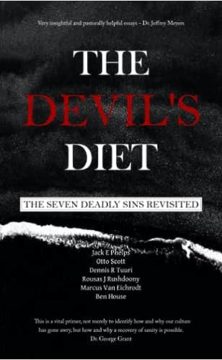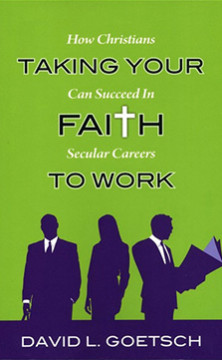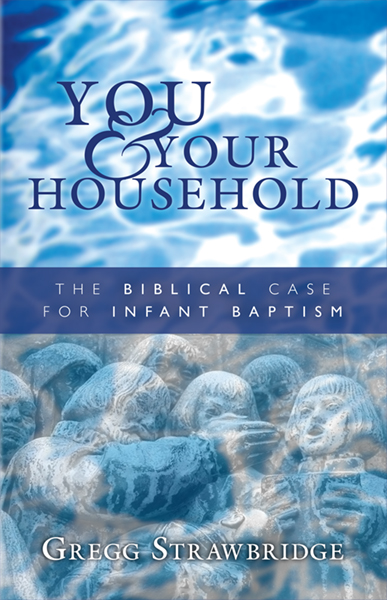Advent has begun in full force. The pro-calendar apologists have started to fight for their cause. The anti-calendar intoleristas are in full Puritan gear armed to fight for their white walls and the right to preach on Leviticus on Christmas morning.
I side with the pro-calendar party. We believe we can make America great again by incorporating a heavy dose of Jesus throughout the year. My claim is that many evangelical churches that share a slight Catholic-phobia towards the Church Calendar are already drinking much of the calendar. Most Baptist churches here in the South—who have always celebrated Christmas and Easter–are now adopting the Advent Wreath by prominently displaying it on Sunday morning. My modest proposal is to encourage these churches to take a few more steps.
I should say at the outset that I have no intention to take this to the “next level.” I am a happy ecumenical Protestant who has zero interest in jumping onto the Vatican bandwagon. I say this to stress that I am not advocating the officialization of the celebration of saints and their pets into the life of the Church. I think the Church does best and remains most faithful to the Holy Scriptures when she sticks to Jesus and his life and its effects in the world. Keep it simple students!
With that in mind, here are ten reasons I think evangelicals should celebrate the Church Calendar:
First, for those of us in the Reformed tradition, we should note that there is precedent for such observance. For instance, the Second Helvetic Confession of 1566 states (XXIV):
“Moreover, if the churches do religiously celebrate the memory of the Lord’s Nativity, Circumcision, Passion, Resurrection, and of his Ascension into heaven, and the sending of the Holy Spirit upon his disciples, according to Christian liberty, we do very well approve of it.”
The continental Reformers differed with our Scottish brothers on these issues. Celebrating the Church Calendar can be unmistakably reformational.
Second, the Church Calendar helps us to see the world through the life of Messiah Jesus. We live in an era where political messiahs come and go. One way to de-emphasize the politics of man is to proclaim the politics of heaven. We do this most beautifully by following the Church Calendar and teaching our people and the nations about the only true Lord.
Third, the Church Calendar can serve to differentiate God’s time from the world’s time. Christians ought to give the question “What time is it?” a fundamentally different answer. It may be 9:22AM central time as I write these words, but the Christian knows that it’s 9:22AM in God’s world. God controls time, and he also orders time, and he has chosen Jesus (Hebrews 1) to speak. We redeem time most Christianly when Jesus is the center of it.
Fourth, some may ask: “Isn’t Jesus always proclaimed whether we celebrate Epiphany or not?” Of course He is. And I do not doubt the motives of many who do not follow the Church Calendar. My response, however, is that we can’t say everything about Jesus all the time, which is why we need to walk through his life and give emphasis to different portions of his life so that God’s people can know that Easter is not complete without an Ascension Sunday. Celebrating the Church Calendar helps us to understand the total Christ and his total life.
Fifth, celebrating the Church Calendar gives us parents beautiful ways to catechize our children with Jesus. Our children’s ABCs need to be Christocentric. They need to know that life only makes sense because Jesus has come for us. Numbers, letters, and playtime are taught best when Jesus rules supremely in the catechism of the home. Children love stories. Story-telling is fundamentally the role of the Calendar. The Calendar helps our kids to be formed by right chronological habits. It helps our children to know we are part of a larger story.
Sixth, celebrating the Church Calendar is useful for counseling. Calendar use is helpful to those who grieve. The Church Calendar most accurately reflects the eclectic nature of the Psalmist who laments, rejoices, and prays. Many who grieve may be a part of a community that is strict, abstract, and heavily theological. While good exegesis is good for the soul and while good systematic theology cheers the mind, a three-year series through I Corinthians can frustrate the broken-hearted. Walk the broken through the Calendar, and she will understand that Easter comes after Lent; that joy comes after sorrow. On the other hand, we can use the Calendar to teach the over-realized optimist that we need to set periods of time to focus on grieving and confessing our sins to the Lord of Calvary.
Seventh, celebrating the Church Calendar gives us an opportunity to add colors to the Church. The Christian faith is true and good, but it is also beautiful. This may seem like a minor point, but colors add to the brilliance of Church life. The Bible loves colors. It shows the favor of God (Gen. 37:3). The Church Calendar glorifies natural colors and gives them greater meaning.
Eighth, celebrating the Church Calendar gives us something to talk about. You can’t speak of the Advent Wreath without talking about hope, joy, love, and peace. The Church Calendar helps us to focus on those Christian virtues that form us as a community.
Ninth, celebrating the Church Calendar also encourages our children, friends, and unbelievers to ask questions about the faith. Why are there forty days in Lent? Why are there 12 days in Christmas? Why is purple the color of Lent? When questions arise, we draw people to the text where questions are answered and Jesus is revealed.
Finally, celebrating the Church Calendar gives us a big gospel. We are an expectant people. We no longer wait for a Messiah, but we expect the Messiah to come again and again into our lives to disperse the gloomy clouds of night and death’s dark shadows put to flight. We need the Calendar because we lose sight of what’s important. We need the Calendar because the Gospel is too big and our Lord too mighty. The Calendar focuses our attention carefully, chronologically, and conscientiously through the work of Jesus and what that work means for us and the world.

























